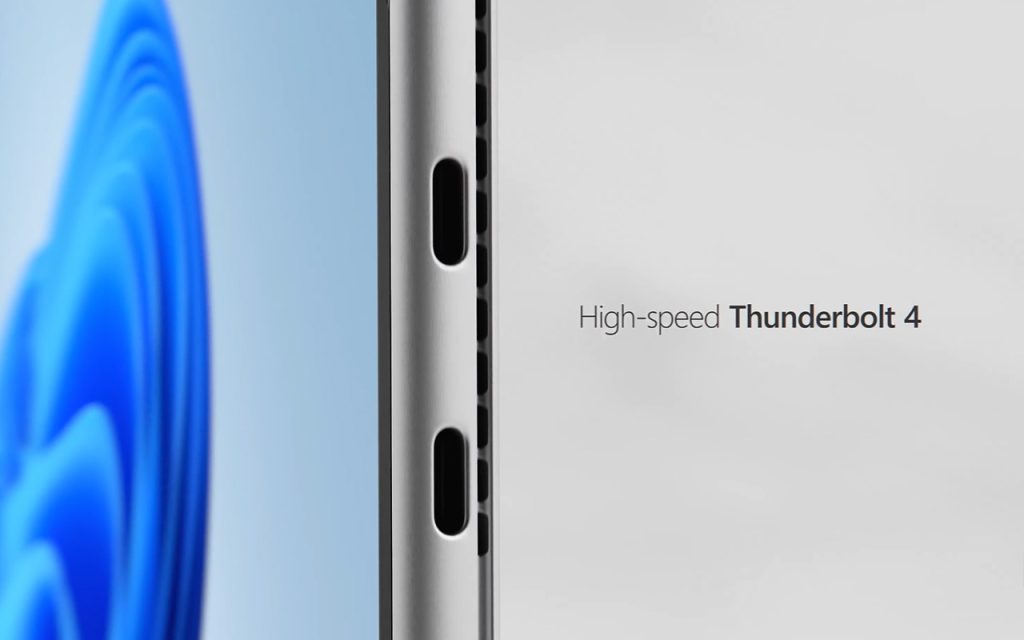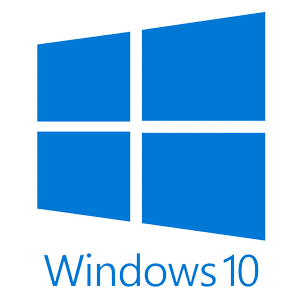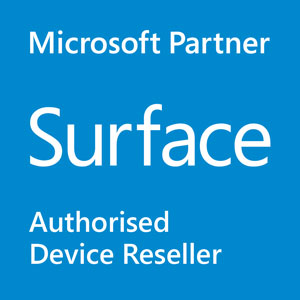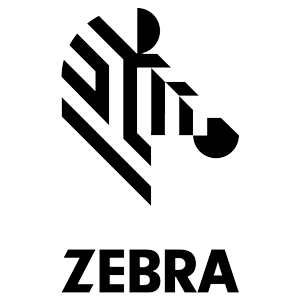Last week Microsoft announced the Surface Pro 8. Is it better than the Surface Pro 7? Should you buy it? Let’s take a look at the what’s happened with the Surface Pro 8, and how it compares to the Surface Pro 7 and the Surface Pro 7 plus. We’ll also take a closer look at two features that I think are huge milestones for the Surface range.
A Change to the Surface Design!
The Surface Pro 8 represents the first major design change to the Surface Pro line since the Surface Pro 3 was released in October 2015. The Pro 3 was a major turning point for the Surface as a 2 in 1 design. It introduced the exceptionally usable three-by-two 12 inch display, a brand new kickstand hinge, and a new pen design. But from the Surface Pro 3 to the Surface Pro 7 plus, the overall design, chassis, and kickstand of the Surface Pro has stayed pretty much the same. Though, there have been many changes and tweaks internally over the last 6 years of course.
So, with this new change in design, the Pro 8 comes to the table slightly thicker. Up to 9.3mm from the 8.5 of the Surface Pro 7, but it is unlikely to be very noticeable. With that extra girth, it has also gained some weight, approximately 100 grams. This could be explained partially by the switch from a magnesium alloy chassis to an aluminium alloy. But weight varies across the range depending on the specs that you choose, so we’re yet to see how exactly that plays out across the different models.
So it is marginally thicker and heaver, but what do we gain for that?
Keyboard Updates!

The new keyboard mimics that of the Surface Pro X. It has a space in it which magnetically holds the pen and secures it to the device. When you fold the keyboard to the back of the device, it puts the pen into easy reach. On top of protecting the pen, is also charges it wirelessly whenever it is stowed.
Internal Changes
Bluetooth has been upgraded to the latest 5.1 standard and Wifi 6 is still supported. The speakers got an upgrade to 2 Watts and they now have the Dolby Atmos certification. The headphone jack is still there. The back camera now shoots 4K video and 10Megapixel stills. The front webcam appears to have had some software enhancements, improving what was already a high quality webcam experience. The Windows Hello face recognition camera is much faster too.
There is a removable SSD, just like there was on the Pro 7+ and Pro X. But like the Pro X, the Pro 8 does not have a Micro SD card slot. That’s a little annoying to me since I’ll need to have a USB-C to Micro SD card adapter on hand. But the fact that the SSD could be easily upgraded mitigates the storage limit factor.
There is a bigger battery than the Pro 7, with a much longer runtime! The 50.4 Wh battery is benchmarked to 16 hours runtime, vs the Pro 7’s 10.5 hours. That’s a pretty substantial increase! However it isn’t much of an upgrade over the more recent Pro 7+ for Business, though. The Pro 7+ was only sold through commercial resellers, they never made a version for retail stores, but if you have a Surface Pro 7+ for business, the Pro 8 only brings an extra hour of runtime.
Processor Upgrade

No doubt aiding that substantial battery life increase, the Pro 8 has the latest 11th generation Intel Core processors. A 1 generation upgrade over the Pro 7’s 10th generation processors. There will be an i3 dual core option in addition to the i5 and i7, but this appears to only be available on the business side, not at retail.
The business-only Pro 7+ already had Intel 11th but the i7 model on the Pro 8 is a slightly higher spec. That said, Surface have pushed the limits on these processors. They’ve unlocked a little extra performance, clocking the processors slightly higher by allowing more power in. This possible in part due to the improved the cooling systems across the range. It appears at this stage that all of the models will go back to having fans on board. Most of the time you’ll probably not know they’re there, but this improved active cooling will ultimately allow all of the Pro 8s to perform at a higher level.
The Surface Pro 8 will be fast, of course. But it’s not designed to be the fastest computer on the market. And while Apple M1 fans will no doubt disagree and probably chant some benchmarks at me, they are completely irrelevant. Every single day the Surface Pro line becomes more versatile than a glorified typewriter could ever dream to be.
Surface for Business
So with the Pro 8, there will again be a Pro 8 for Business that will differ slightly from the Pro 8 for retail. The Business options are only available from commercial and education Surface Resellers, like us here at Tablet PC. Business versions come in more IT friendly recycled packaging that has important product details like the Serial number and IMEI printed clearly on the outside of the box. They have different processors that include intel V-Pro management features, a different TPM, and they come with better first party warranty options – like accidental damage cover. Each market has different warranty requirements, so check your local Microsoft website to see how if works in your country.
A welcome change with the Pro 8 is LTE mobile broadband is now available across the entire range! i3, i5 and i7 models all get LTE, at least in the Surface Pro 8 for business line. This 4G wireless capability can deliver speeds of up to 1.2 gigabits, so while it isn’t 5G, its more than good enough for remote working. As usual, the 4G models will take a little longer to arrive – at least here in Australia.
Surface Display Refresh

The display received a refresh, and is now brighter at 450 nits, with more pixels at 2880 x 1920. It maintains the brilliant 3:2 aspect ratio but also gets a new refresh rate of up to 120 Hz! This will bring smoother motion when using the device and should significantly enhance the pen experience. Especially when combined with the new Surface Slim Pen 2, announced alongside the Pro 8. There is also Dolby vision and adaptive colour, bringing a much nicer visual experience when using the Surface Pro 8.
Two Big Upgrades
So overall, the Pro 8 is a significant hardware upgrade for anyone with a Surface Pro 7 or earlier. But there are two things that I think are really worth diving in on: Thunderbolt 4, and the new Surface Slim Pen 2.
Thunderbolt 4

On the left side of the Pro 8 you won’t find a USB-A port anymore. Instead, you’ll find 2 x USB-C ports. I know that’s going to be a bit of a pain since you have many old school USB peripherals, but a USB-C to A adapter is a couple of bucks, and very handy to boot.
These ports do all of the things that the old USB-C port on the Pro7 and Pro7+ did, with USB Power Delivery charging, support for the Display Port protocol over USB-C, so you can plug 2 external displays straight into those ports. But now with thunderbolt, you have a direct PCI express connection between external hardware and your Surface Pro 8’s processor.
This enables much faster data transfer speeds, a minimum of 32 gigabits per second compared to 10 gigabits per second for the older USB-C port on the Pro 7. So that’s great for external storage and data transfer. It also opens up the possibility of using an external graphics processor or an eGPU. What that enables is yet to be seen, since the mobile grade processor will still be a limiting factor for many applications and games. But it’ll be interesting to see what people do with this option. We’ll test it out as soon as we can get our hands on it.
But think about it, the Surface Pro 8 is a tablet, still lighter than the original iPad. And it’s a laptop, that you can set up like a workstation PC with 2 x 4K displays, and an external GPU. You don’t even need a dock to do it. Talk about flexibility!
Surface Slim Pen 2

And speaking of flexibility, lets finally talk about the pen on the Surface Pro 8. I’ve spoken so many times on this channel of the importance of digital pen input. If you haven’t adopted digital ink yet, you need to do it urgently.
The Surface Pro 8 upgrades the experience of note taking, ideating, whiteboarding, sketching and drawing to a new level with the Surface Slim Pen 2. If you’re interested in using a digital pen for creative work, then you’ll be excited to hear that this latest iteration of the Surface Pen has finally gotten rid of the slow diagonal line problem that the previous generations have had. Justice from Tablet Pro has shared that the so called “jitter” problem has been resolved this this new pen. The activation force of the pen has also been lowered from 9 grams to 1 gram, meaning that the you could ever so lightly feather the pen on the screen.
The pen tip is pointier, and the G6 chip in the screen that drives communicates with the pen has been upgraded to cater for the haptic feedback. And together with the 120Hz display, pen tip lag has been reduced even further beyond the limits of human perception.
For most Surface Pen users, these things were never a problem. But the new Surface Slim Pen has some other upgrades in store for regular note takers and white boarders, like haptic feedback. There is a motor inside the new pen that mimics the feel of dragging your pen, pencil, or brush across a real paper or canvas surface. This should be a very interesting addition that will hopefully convince more people to give it a try and stick with it. This new pen recharges wirelessly inside it’s pen slot within the keyboard. So much like the Surface Pro X pen, you’ll never need to wonder if it’s charged – ever. Combined with the new Pro 8 keyboard, it’s much harder to lose, and it’s always there when you need it.

Why Pen is Important
The Covid pandemic has seen millions of people around the world suddenly working and learning from home. The basic structure of meeting together changed, and we suddenly became far more aware of working with people who were not in the room with us. We experienced zoom fatigue for the first time, and we lost some of the important elements of “being in the room”. For example, the low formality, visual and spatial point of meeting focus that is the whiteboard or the Kanban board. If you’re still trying to replace these things with a keyboard and mouse, you’re probably frustrated and spinning your wheels. But if you had a digital pen, and you could collaborate on a whiteboard together – then it’s a different story.
So this new Surface Pro 8 certainly has some major advantages over the Surface Pro 7 and prior models. And for me, the updates to the display and Surface Pen experience alone make it a worthy upgrade. The Surface Pro line is still Microsoft’s best selling, although the Surface Laptop is fast catching up. So if you’re wondering, “should I buy the Surface Laptop 4 or the Surface Pro 8”, the answer is now very easy. You simply cannot beat the Surface Pro 8 for flexibility, performance and possibility.
And if you’re one of the many people who comment on our videos, or think to yourself; “I’d never use a pen on computer,” then I’m sorry that you’re wrong. If you want to know why I can confidently say that, then you need to watch our series on the science behind the pen. Learn how to use a digital pen and improve the way you work, get subscribed to our YouTube channel, and bookmark this blog for more info!






